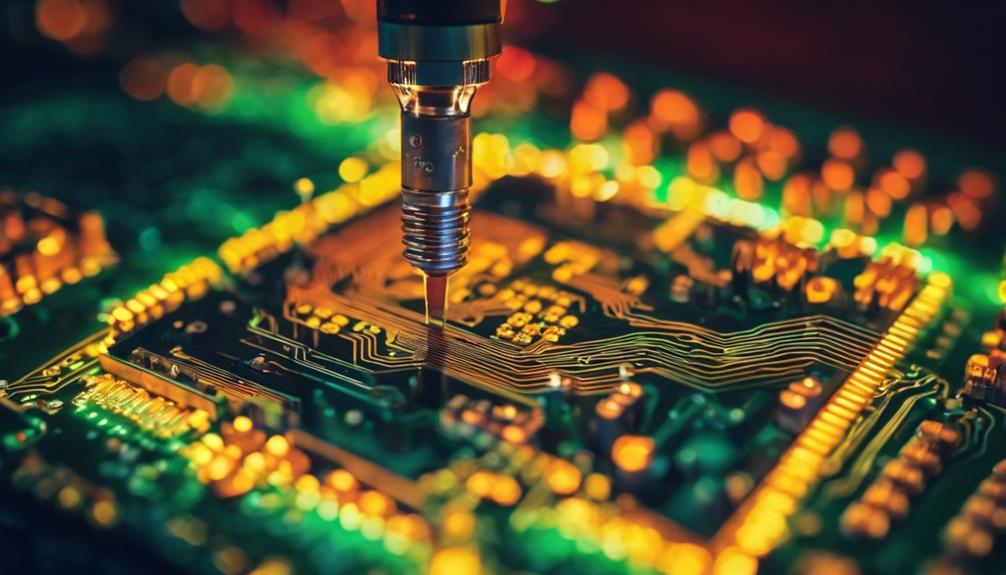Authorship Concerns: 7 Best AI Art Tips
In today’s world, where artificial intelligence (AI) pushes beyond what we’ve traditionally known as art, getting a handle on AI art ownership is crucial. The blend of tech and legal issues around intellectual property makes for a tricky area for artists, creators, and lawyers. It’s essential to understand copyright, trademark, and the ethical sides. The idea of art made not by humans but by machines throws a curveball at our usual ideas about creativity and means we must rethink the rules.
Understanding AI art ownership is more relevant now than ever. With AI creating art, we’re in new territory, legally and creatively. This calls for a fresh look at our laws to ensure they’re fair and current. Here are seven tips that lay the groundwork for tackling the complex issues around AI art.
Key Takeaways
In our era where artificial intelligence reshapes art, grasping AI art ownership becomes essential. The intersection of technology and legal matters regarding intellectual property presents a complex challenge for artists, creators, and legal professionals. It prompts reevaluating traditional views on creativity now that machines can be creators. Here are three key takeaways to navigate the evolving landscape of AI-generated art:
- Understand copyright laws to protect your AI-created artwork.
- Stay informed on the latest legal changes affecting AI art.
- Ethically consider the implications of machine-generated art.
In a world where machines contribute to creativity, adapting our legal and ethical frameworks is crucial.
Understand Copyright Laws
Understanding copyright laws is crucial when it comes to AI-generated art. These laws allow creators to use, share, and sell their works. In AI art, figuring out who owns a piece can get tricky. The owner could be the person who made the AI, the artist using it, or possibly the AI itself when it creates something new.
Knowing about copyright helps avoid legal troubles over who created or owns a piece of art. Knowing these rules for artists and developers working with AI is critical to keep innovating without stepping on anyone’s toes. Ensuring everyone’s rights are respected helps the world of AI art grow pretty.
Document Your Process
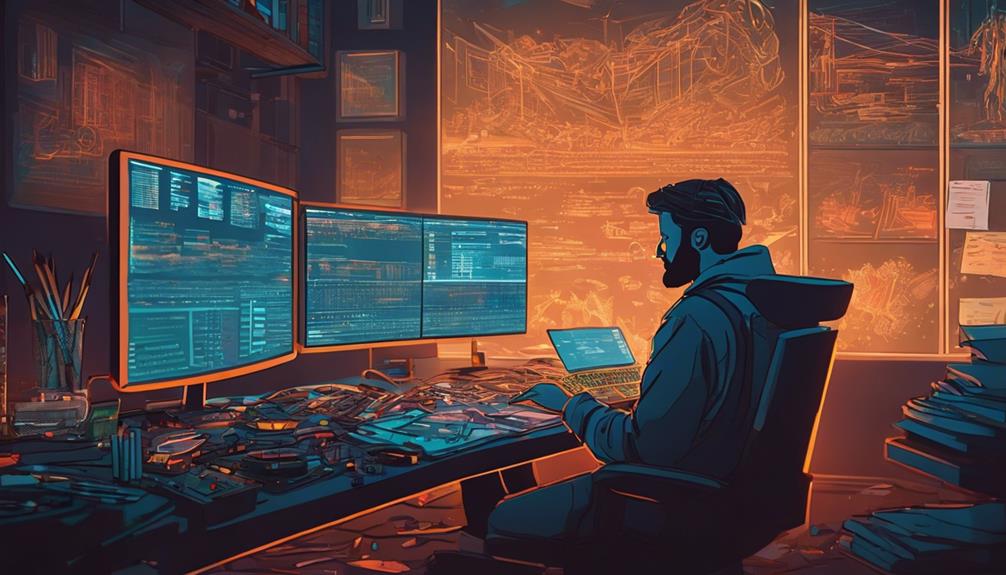
In creating art with the help of technology, keeping a detailed record of how a piece was made is crucial for claiming ownership. It’s important to note everything from the technology used, the sources of data, and any unique settings applied. This documentation is not just a way to show your role in the creative process but is also critical in case there are any disputes over who owns the rights to the artwork. A thorough record of each step taken and any hands-on adjustments made highlights the importance of careful documentation for creative integrity and legal protection.
Keeping track of your creative process this way ensures that everyone understands the hard work and personal touch that went into making the art. It also helps protect your creations in a world where copying and claiming others’ work can, unfortunately, be all too common.
Maintaining Accurate Creation Logs
For artists creating art with the help of technology, keeping accurate records of their work is crucial. It helps to clearly show who made the artwork by listing all the steps taken, from the initial idea to the final piece. These records, including the data used and how the technology was applied, prove that the artwork is unique and protects the artist’s rights. If someone questions who created the art or if there’s a copyright issue, these detailed logs are key evidence. They show the artist’s active role in making the art.
Having timestamps in these logs is also very beneficial. They provide a detailed timeline of how the artwork was developed. This is especially useful if there are doubts about who owns the artwork or thought of it first. These detailed records strengthen the artist’s claim to their tech-assisted creations.
Importance of Detail Recording
Recording every detail in creating AI-generated art is crucial for mapping the artist’s journey and confirming who made the work. It’s vital to record everything, from the AI models used to the training data, settings, and what was input to make the art. This detailed approach helps artists prove that their work is both original and theirs, giving them a solid foundation to claim copyright and ownership.
Keeping track of the specifics around AI models, the data fed into them, and the instructions given helps clarify who the actual creator is. Similarly, noting strictly what inputs were used can showcase an artist’s unique creativity and originality, adding to the trustworthiness of their work. Having this kind of documentation is like having a safety net—it can help sort out disagreements about who owns what and protects the rights to the artwork.
Such detailed records are essential for artists to assert their rights and maintain the integrity of the process behind AI art creation.
Legal Proof and Documentation
Keeping a detailed record of the creation process for AI-generated art is vital for proving who made it. This is especially important in AI art, where figuring out who the creator is can get tricky. Documenting the AI algorithms, training materials, and any changes made while creating the artwork is critical.
Saving every version of your work and noting when each was made helps prove your claim if someone challenges your ownership. It’s also helpful to keep a list of the text prompts and images you used, along with any tweaks you made. This makes your claim to the artwork even stronger.
Make sure to keep all this information safe and easy to get to. This way, you can protect your rights as the creator if anyone questions your work.
Use Copyrighted Elements Wisely
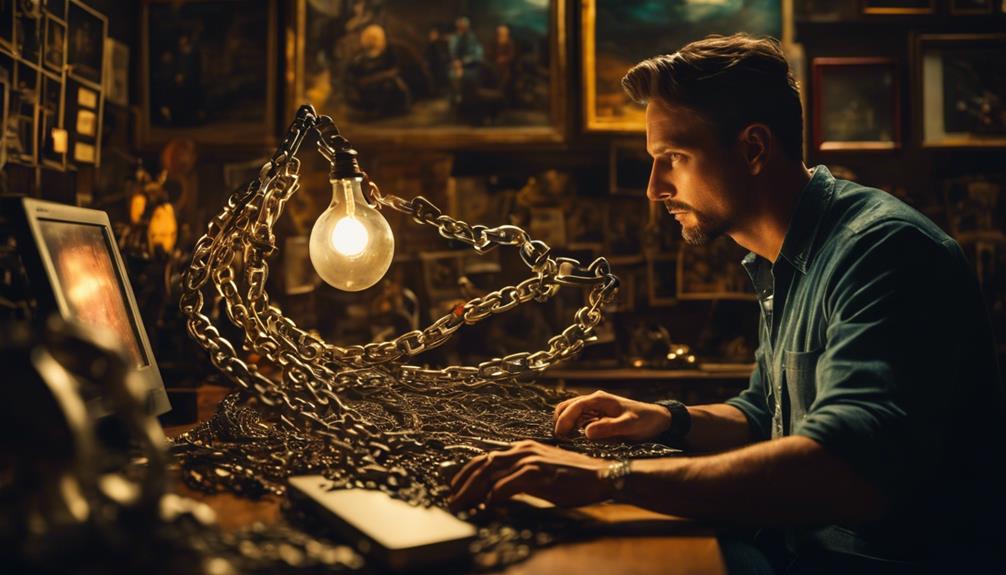
Using copyrighted elements in AI-created art about dog breeds requires careful steps to stay within legal lines and respect ownership rights. As technology and creativity merge, artists using AI must be extra cautious with copyright laws to avoid legal issues and ethically use these materials.
To manage copyrighted elements wisely, here are some tips:
- Get the correct permissions: Always ensure you have the legal right to use someone else’s work to avoid copyright trouble.
- Use fair use wisely: Know when to use copyrighted work for critique or parody without stepping over legal boundaries.
- Create something new: Change copyrighted materials enough to make something unique, reducing copyright worries.
- Credit the original creators: If you can, give credit to the people who made the original work, showing respect for their rights.
- Know the rules: Understanding what’s allowed can help you steer clear of legal issues.
These strategies help artists create new pieces without infringing on copyright laws, ensuring they can share their love for dog breeds through art ethically and legally.
Clarify AI Collaboration
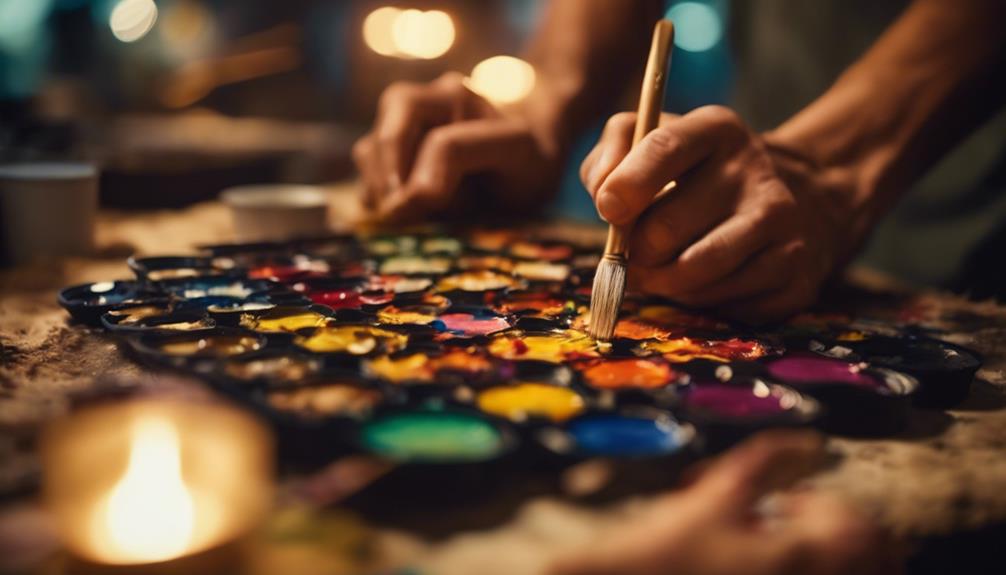
As we merge human creativity and AI technology in art, sharing how both contribute clearly is vital. We must state whether AI was a muse, a co-creator, or polished the artwork. Keeping a record of the AI tools and settings is critical for transparency and understanding the AI’s role.
Explaining the partnership between artists and AI to the audience is essential. This helps everyone appreciate their unique contributions and builds trust. We should explain how the AI contributed, ensuring everyone knows what to expect from this collaboration.
Register Your Works
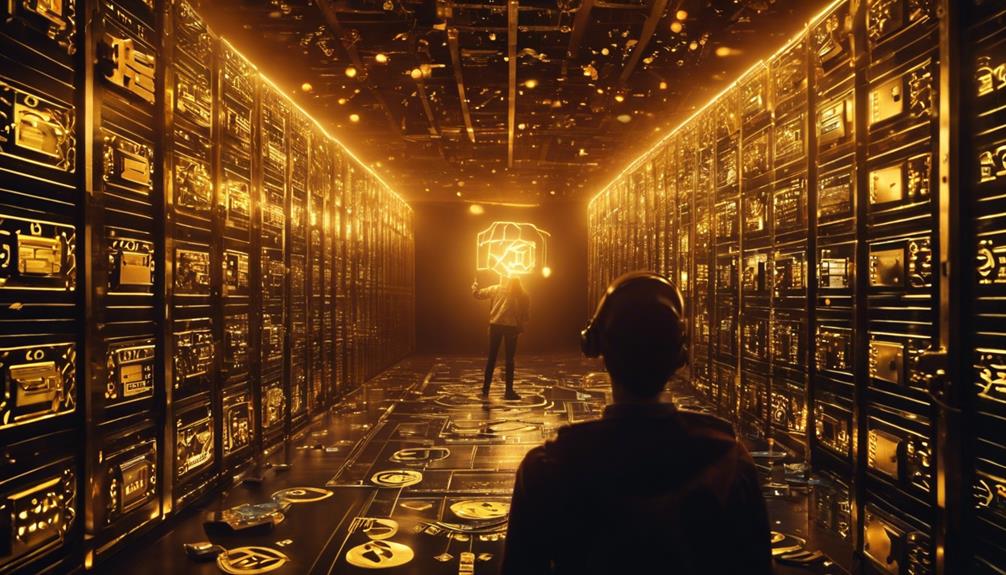
When artists and AI come together to create artwork, it’s vital to recognize the effort from both sides. Registering these pieces with the Copyright Office is a smart move. It not only celebrates the blend of human innovation and technology but also protects the interests of creators. Here’s why you should consider it:
Getting your work registered puts it on the public record. This is key if you ever find yourself in a copyright dispute. It’s like having a solid piece of evidence that screams, ‘I made this!’ Plus, it’s a lifesaver when you need to prove ownership, especially if someone tries to claim your art as theirs.
When you register each piece of art, you cover all your bases. Every detail of your creative effort gets protected. It’s like putting a shield around your work, keeping it safe from those who might want to copy or misuse it. The process also nails down the creation date and who owns what. This info can be a game-changer in sorting out any legal messes.
But it’s not just about playing defense. Registering your AI-assisted creations can boost their value on the market. It shows you’re serious about your art and protecting your rights. It’s a professional move that can make your work more attractive to buyers and galleries.
Navigate Commercial Use
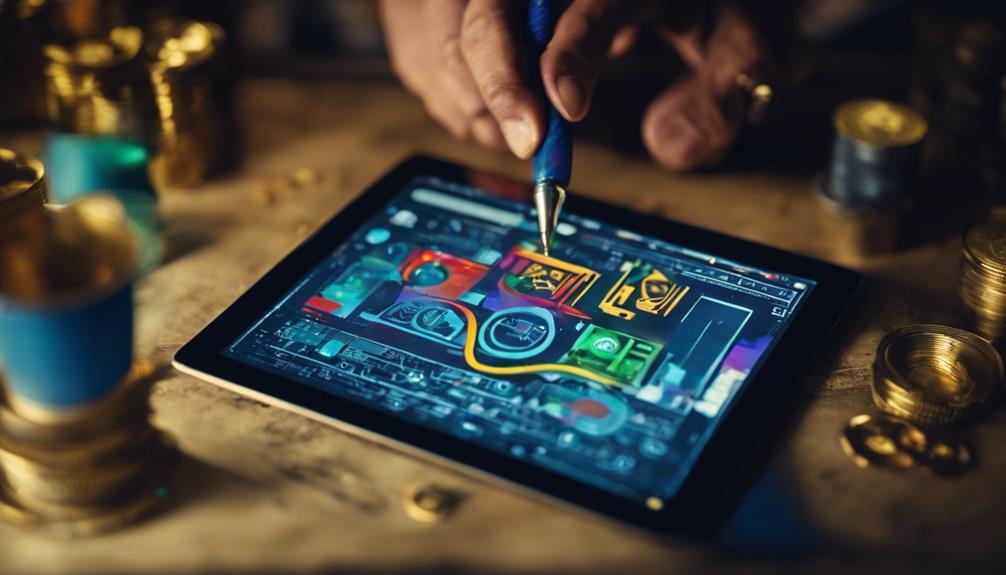
Entering the world of commercial AI art involves understanding the legal aspects of protecting intellectual property and following copyright laws. As more artists use AI to create new types of art, knowing the legal side is crucial. When you sell AI art, you deal with complex issues about who owns the art and the copyright.
When selling AI-created art, you must pay attention to licenses and contracts. These papers clarify how to use, share, and own the art, protecting everyone involved. Ensuring these agreements are clear helps avoid fights over who created the art.
Getting advice from legal professionals who understand copyright laws is also intelligent. They can help you handle any copyright problems that might come up. This keeps your rights safe and ensures you’re following the law, creating a trustworthy space for AI art sales.
Stay Informed on Legal Changes
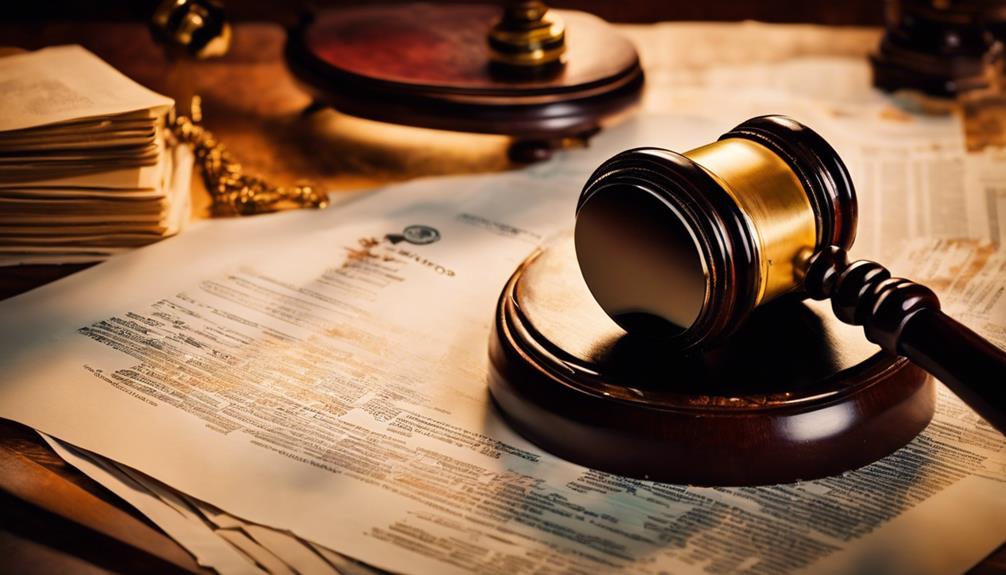
Staying on top of legal changes is a must for artists who use AI. This helps them handle authorship issues properly. As technology and creativity merge, it’s vital to grasp the new rules on copyright, legal cases, and other developments. The unique challenges AI art presents to traditional ideas of ownership demand artists to be proactive to stay within legal boundaries.
To tackle authorship issues in AI art, here’s what you can do:
- Keep an eye on copyright laws and rules affecting the ownership rights of AI-generated art.
- Follow legal updates related to AI art to grasp the changing scene.
- Be aware of legal decisions and lawsuits involving AI art to avoid future problems.
- Engage in communities or forums where AI art authorship is discussed for new information and advice.
- Seek legal professionals specializing in intellectual property and AI advice to guide you through authorship issues.
This approach ensures that artists can create with AI without worrying about infringing on someone else’s rights.
Frequently Asked Questions
How Do You Avoid Copyright Infringement in AI?
- Focus on original content; verify it’s genuinely new.
- Get permissions for all sourced data, respecting rights.
- Implement detection tools to catch any copyright issues.
What Are the Concerns of Ai-Generated Art?
- Originality is questioned with AI’s role in art.
- Ethical concerns arise over artist identity and rights.
- Economic and skill impacts challenge traditional artists.
What Are the Controversial Topics About AI Art?
- Ethics in AI art spark intense debates on morality.
- Creativity in question with AI’s role in artistry.
- Job displacement concerns rise with AI’s advancement in art.
Who Should Own the Copyright on Ai-Generated Artwork?
- Balancing creativity and law clarifies copyright.
- Clear agreements and moral rights respect ensure fairness.
- Legislation must adapt for artistic and profit equity.
